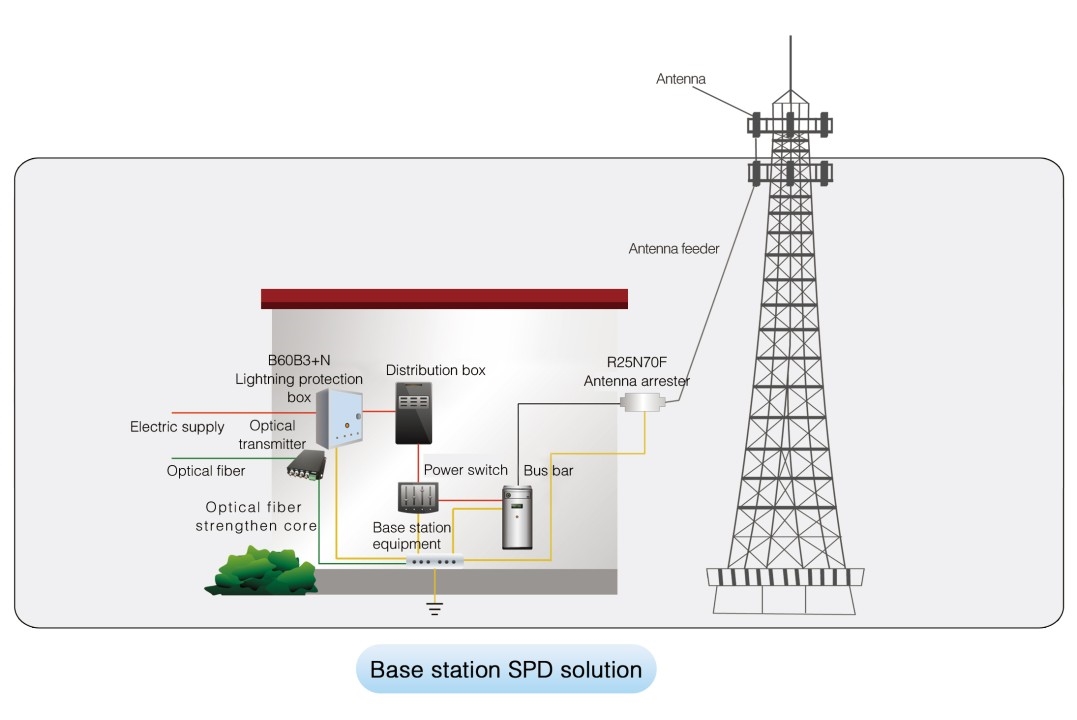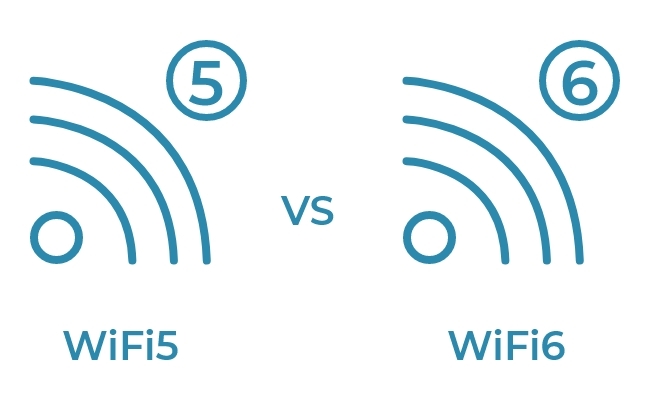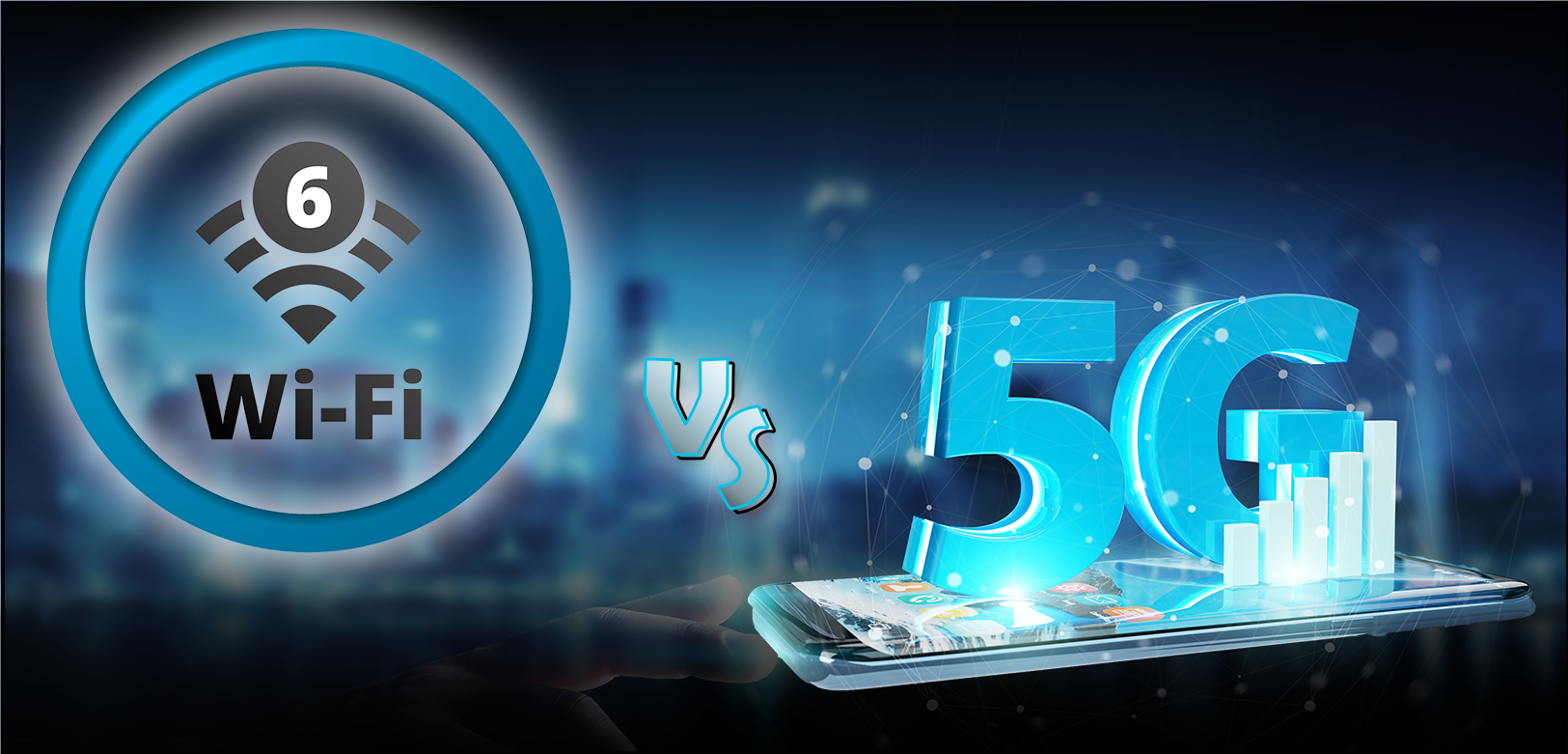
WPS 5G and wireless 5G are completely different concepts.
What WPS is
WPS is a wireless network security standard that helps devices connect securely to a Wi-Fi network more easily. It allows users to connect using a PIN code or a push-button method without manually entering a long Wi-Fi password. WPS is intended to improve convenience and security for Wi-Fi access.
What 5G is
5G is a wireless communication technology, referring to the fifth generation of mobile communications. 5G networks can offer higher data rates, lower latency, and higher connection density. 5G is primarily used for mobile communications to provide more efficient and stable data services.
In short, WPS is a wireless security standard for Wi-Fi connections, while 5G is a mobile communication technology.
Wall penetration: Wi-Fi 6 vs Wi-Fi 5
Wi-Fi 6 and Wi-Fi 5 differ in wall penetration performance. In some respects Wi-Fi 6 performs better than Wi-Fi 5, notably in the following areas:
- Higher frequency bands and improved band management: Wi-Fi 6 introduces higher frequency bands (for example, 6 GHz in addition to 5 GHz and 2.4 GHz) and improved band management algorithms. This allows Wi-Fi 6 to better handle high-density, high-traffic scenarios and reduce performance degradation caused by congestion. The article also states that using higher frequencies can reduce signal attenuation, thereby improving wall penetration.
- More MIMO streams: Wi-Fi 6 supports more MIMO antenna streams, which means it can handle more data streams simultaneously, improving transmission stability and speed.
- OFDMA: Wi-Fi 6 introduces OFDMA, allowing more efficient spectrum use and better handling of traffic from multiple clients, which increases overall throughput and can improve wall penetration performance.
Overall, Wi-Fi 6 may offer better wall penetration than Wi-Fi 5 in certain scenarios. However, Wi-Fi 6 does not completely eliminate penetration issues; appropriate device selection and deployment based on the environment and use case remain necessary.
Throughput: Wi-Fi 5 vs Wi-Fi 6
The theoretical maximum data rates differ between Wi-Fi 5 and Wi-Fi 6. Wi-Fi 5 has a theoretical maximum of about 3.5 Gbps, while Wi-Fi 6 can reach up to 9.6 Gbps. These are theoretical peak rates; actual throughput depends on many factors such as device capabilities, channel interference, and distance.
Wi-Fi 6 also incorporates technical features that improve efficiency and stability, such as higher MIMO capabilities and OFDMA. It additionally supports MUMIMO to allow more client devices to transmit data at high speeds concurrently. In practice, actual speeds should be evaluated in the specific network environment.
 ALLPCB
ALLPCB







